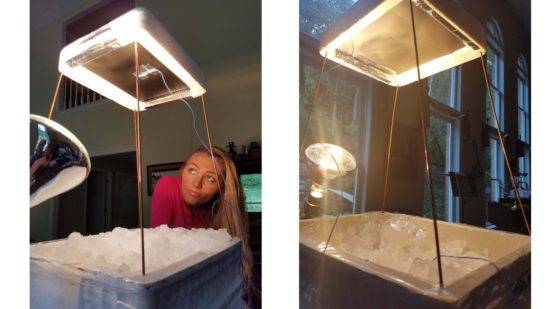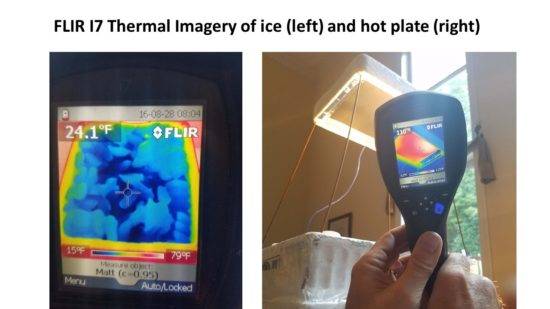mamooth
Diamond Member
Sorry hairball...fooling yourself with instrumentation again...but I am sure that you believe your own story.
You can blubber and cry all you want, but longwave IR cameras without cooling still exist, and work great. That simple facts proves your kook cult theory is laughable dogshit.
Now, we know you're lying. You know you're lying. Everyone knows it. However, your kook pseudscience cults commands you to lie, so you're going to keep lying. Yep, it really is that simple. You're proudly lying for the glory of your cult, and you don't care if everyone knows, because the only opinions you care about are the opinions of your fellow cultists, and they laud you for lying.




